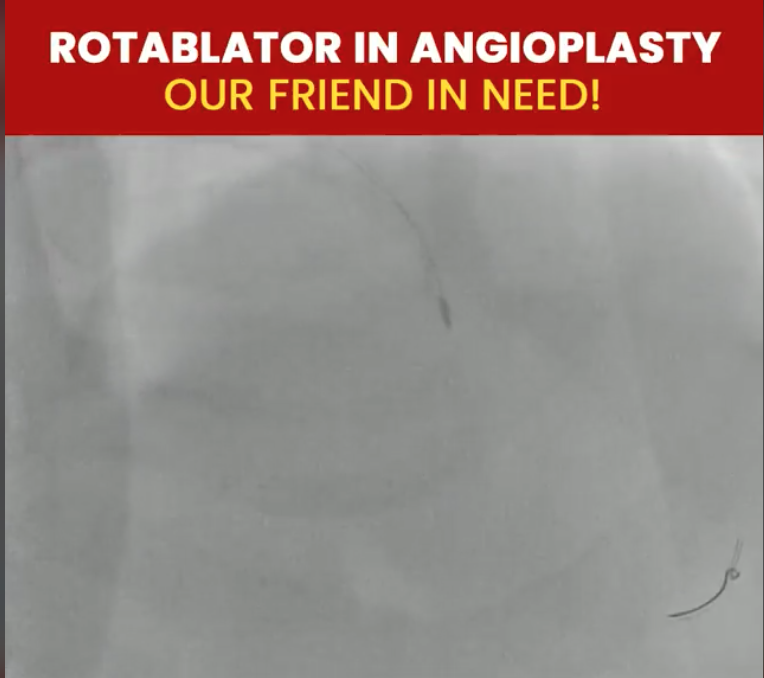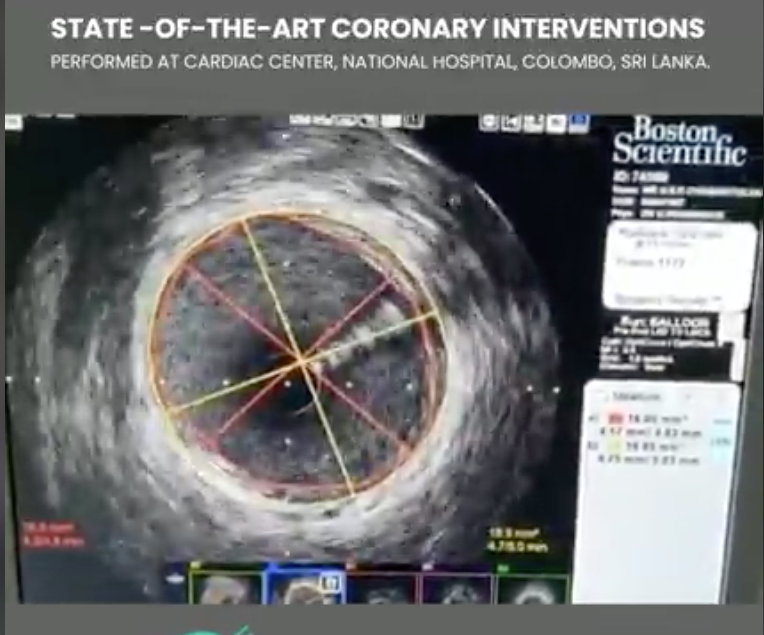Rotablator in Angioplasty Our Friend in Need!
When performing an angioplasty procedure, a guidewire along with a tiny balloon is passed into an artery in the heart that has become narrowed by a build-up of plaque & then inflated to squash the plaque which is often followed by the insertion of a metal mesh, called a stent. Sometimes, when the plaque is particularly hard with calcification is too narrow that the balloon can’t pass through it, a rotational ablation technique is used by a Rotablator.
Rotablator, a special catheter (a thin tube) is inserted along the wire with a tiny drill at its tip, powered by compressed air. This drill is used to chip away at the plaque to gradually widen the narrowing. Once this has been done, a balloon can be inserted & the angioplasty with a stent can proceed as normal. You’ll be awake for the procedure. Although the drill can be surprisingly noisy, it’s not painful!




